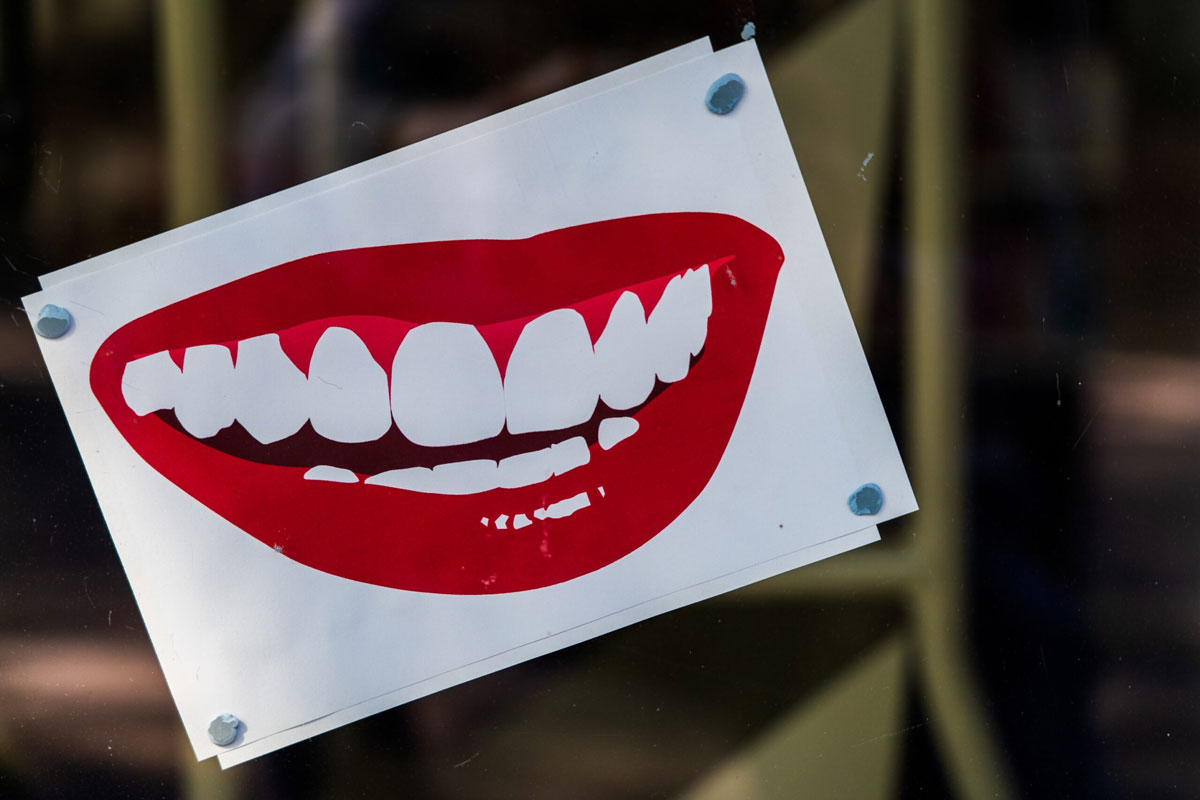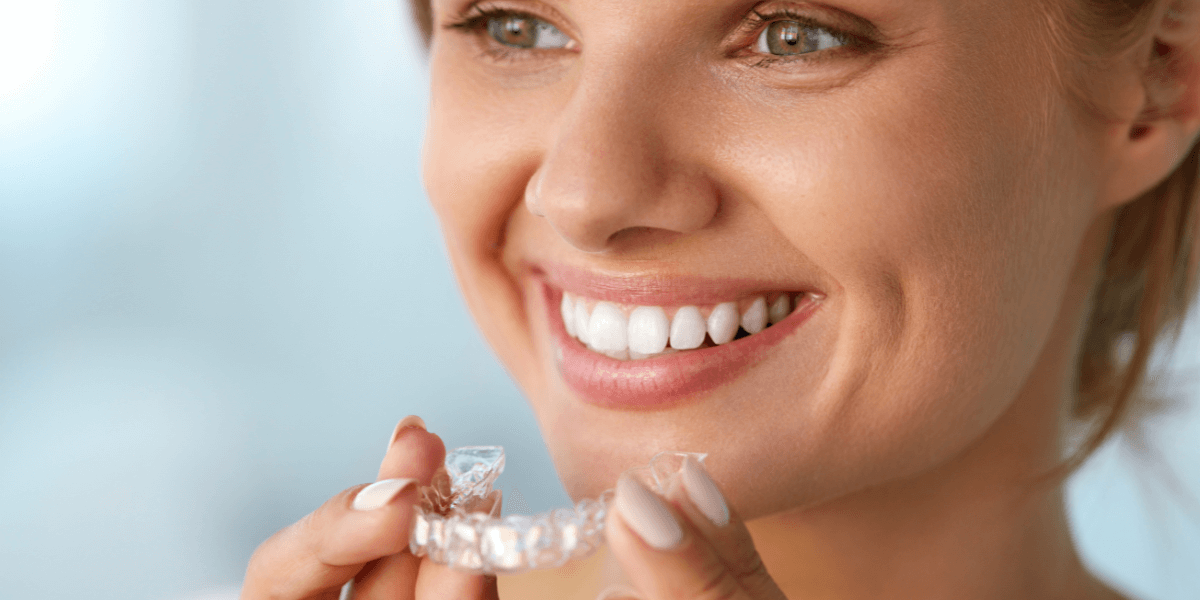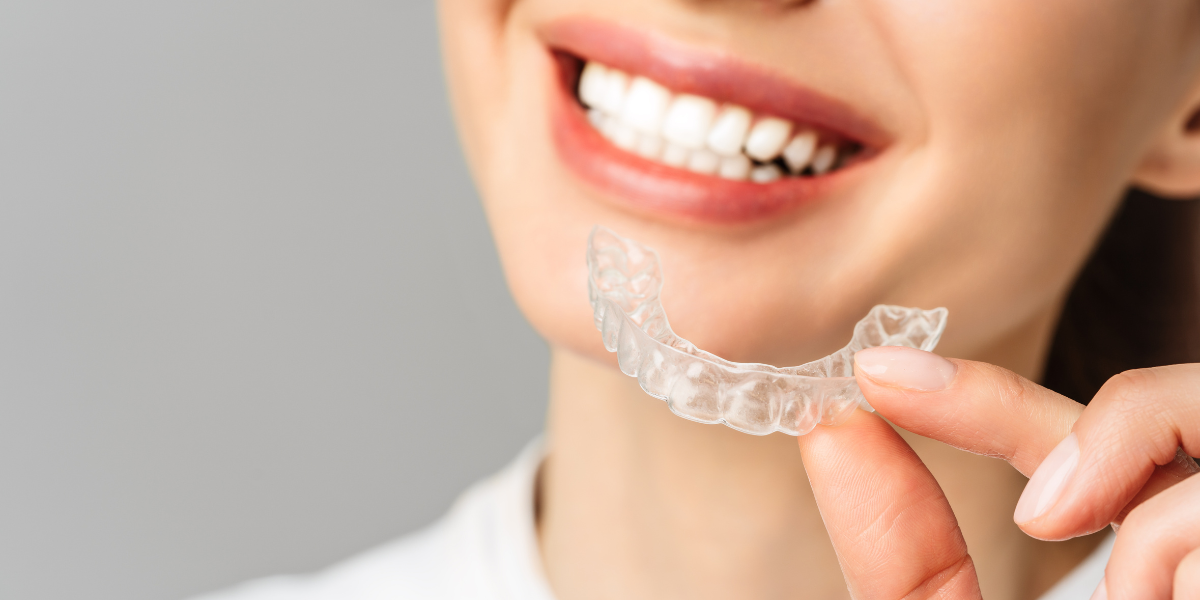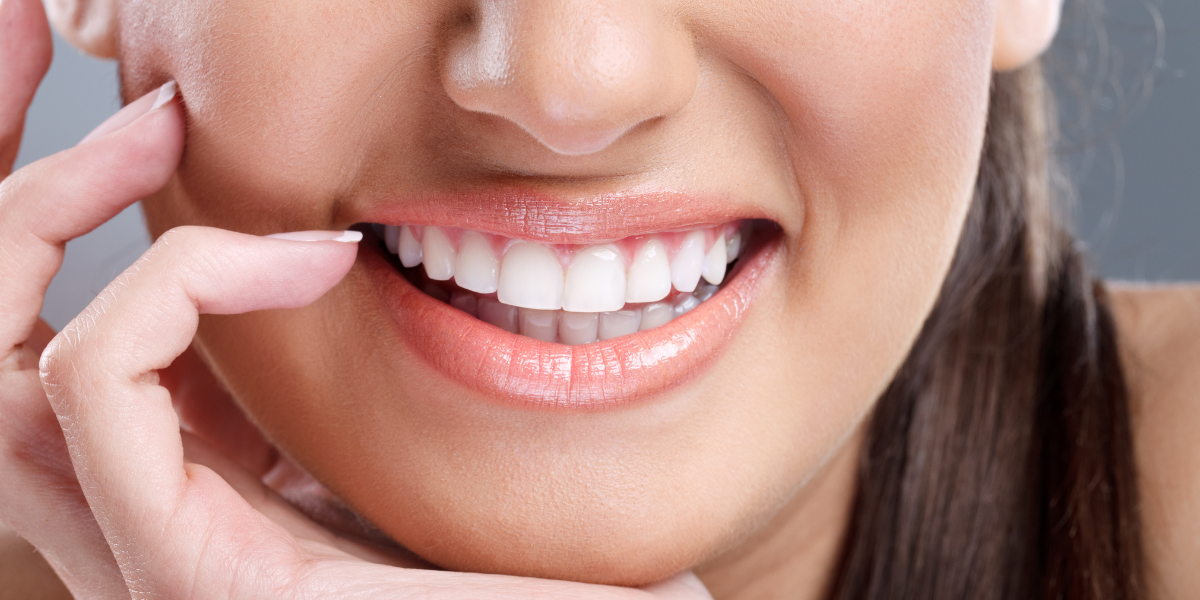
Does the whitening work?
Whitening is a chemistry proven to work, each having guidelines specified to the product itself. Just like anything else, if the directions are not followed, the product cannot be expected to produce results. The most efficient whitening method includes custom fitted whitening trays, designed to keep the oxygen from escaping, increasing exposure time. Whitening products are designed to release a chemical into tooth enamel and set off a reaction. This result allows the chemical to bleach the tooth during the process of oxygenation and diffusion. The oxygenation process causes breakdown of the stain and removal of the debris via diffusion. This process starts on the surface of the tooth and cycles deeper into the tooth tissue. Result of action reflects concentration and time. The longer the stain has been there, the deeper in the tissue the whitening has to diffuse.
How many Gel Syringes do I need?
The number of gel required varies per person and difficult to gauge without actually seeing your teeth but here is a general guideline:
- LIGHTLY STAINED teeth = 3 gel syringes
- MODERATELY STAINED teeth = 6 gel syringes
- HEAVILY STAINED teeth (or those who want extra for maintenance) = 9 gel syringes *1 gel syringe = about 3 full applications (1 full application being both the upper and lower teeth)
How long will the whitening last?
Depending on the amount and frequency of consumption of stain causing foods, average whitening maintenance is 1-2 applications every 3-6 months.
What is the shelf life of the gel?
The gel has a shelf life of 2 years refrigerated and 1 year un-refrigerated.
Will the whitening gel damage my gums?
Everyone experiences gum irritation from teeth whitening to some degree. Whitening your teeth will not cause any permanent damage to your gums; however temporary gum irritation is among the risk factors of using professional teeth whitening. Soft tissue or gum irritation caused by teeth whitening gel is considered a chemical burn, very comparable to typical sunburn. When a chemical burn occurs, the area becomes mildly sore, turns white, and will eventually flake off. The tissue will return to normalcy within twenty-four hours. Read more.
Will the whitening gel damage my teeth?
Teeth whitening gel will NOT damage or harm your tooth enamel. Enamel is considered the hardest tissue in the human body. In order to achieve successful whitening, the product flows through the enamel tubules and begins to lighten the underlying stained tissue. Read more..
Do I need the desensitizing gel?
The desensitizing gel is used to minimize sensitivity and to lessen the re-staining rate. As the whitening gel undergoes its natural process from active to inactive, the tubules (pores in the teeth) are left open and exposed, known as dehydration. A professionally whitened tooth can stay partially dehydrated for up to 48 hours or until the tubules are remineralized by organic material found in saliva. At this time, it is suggested to stay away from extremely hot and cold along with sweet and salty substances, to avoid possible irritation of the nerve tissue causing the tooth to become very sensitive. Until the tooth is completely rehydrated, it will absorb any color of food or liquid it is exposed to. Using desensitizing gel will aid in the replacement of the essential vitamins and minerals needed, temporarily close the pores in the teeth, lessen the re-staining rate and minimize sensitivity!








